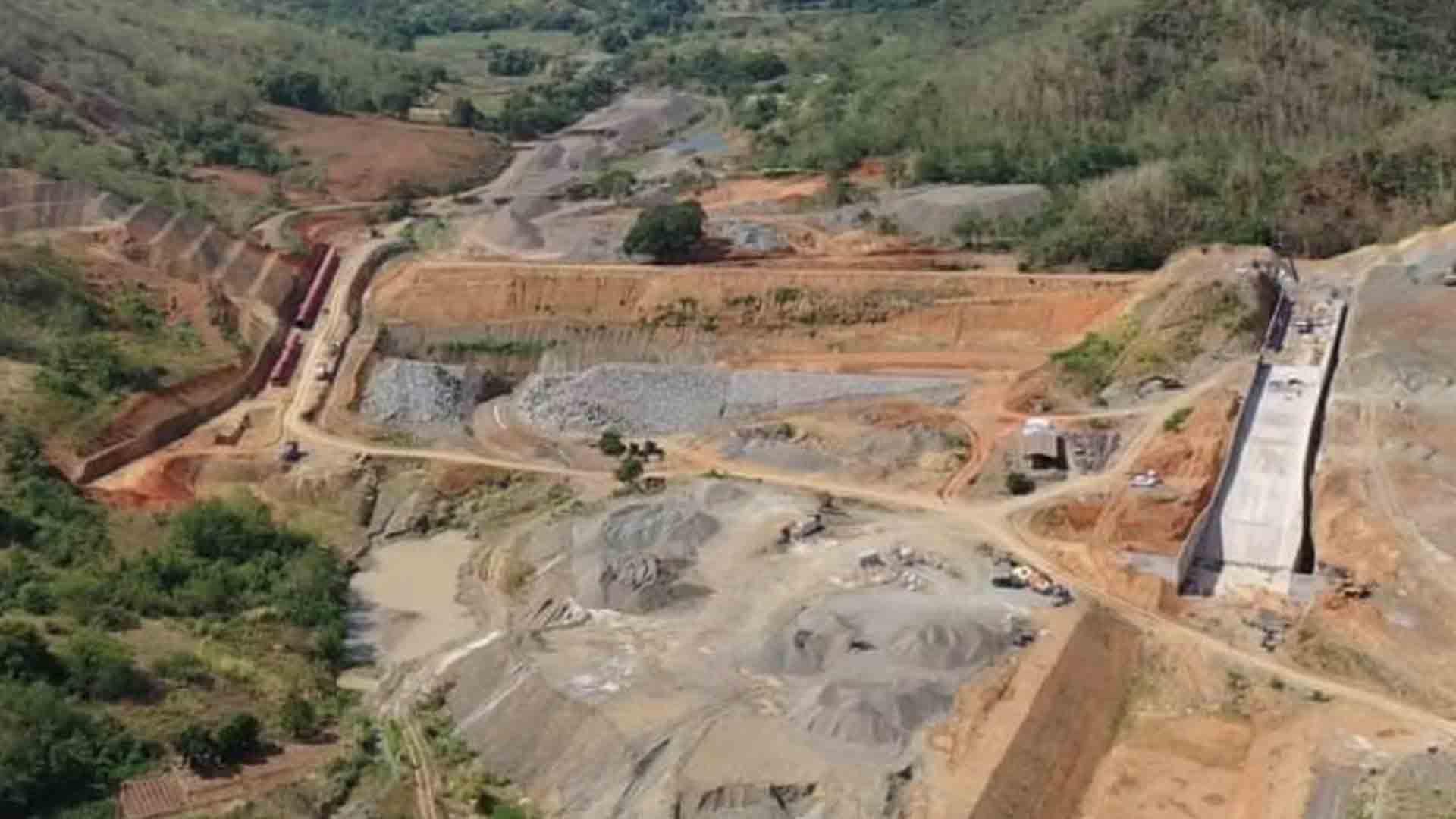The construction of a multi-million-peso vital agriculture infrastructure that aims to increase rice productivity in northern Lupao, Nueva Ecija, has reached an actual accomplishment of 46.69 percent at the end of the first quarter this year.
This is 35.89 percent ahead of the targeted 10.80 percent on the bar schedule of the PHP893-million Balbalungao Small Reservoir Irrigation Project (SRIP), the National Irrigation Administration reported on Sunday.
Engineer Rosalinda Bote, department manager of the NIA-Upper Pampanga River Integrated Irrigation System (NIA-UPRIIS), in a statement said the construction of the SRIP and its appurtenant, is now entering the “critical curve stage”.
As such, works will include installation of steel forms and concrete pouring at the spillway structure, water pressure test (WPT), drilling and grouting at the dam core trench.
Also set are the laying of gravel blanket and boulder riprap at the permanent cofferdam, excavation works at diversion conduit, fabrication and installation of conduit pipes and construction of rock toe.
Implemented by NIA-UPRIIS Division I, the Balbalungao SRIP which is an earthfill dam, is one of the projects that aim to boost the campaign for rice competitiveness and increased income of local farmers being served by NIA under Administrator Ricardo Visaya, she noted.
Expected to be completed in November 2023, Balbalungao SRIP was designed to provide irrigation to some 967.19 hectares of farmland in the villages of Balbalungao, San Isidro, Salvacion, Sto. Niño and Mapampang.
At its current stage, the dam already irrigates 370 hectares of farmlands in San Isidro and Balbalungao, the NIA-UPRIIS reported.
Parallel to the dam construction is the development of a 60-hectare watershed area within the reservoir, that is programmed for rehabilitation out of the total 998-hectare watershed, according to NIA-UPRIIS division manager Felix Teaño, Jr.
The watershed management is a joint undertaking of the Inter-Agency Watershed Management Plan–Technical Working Group (IWMP-TWG) composed of NIA personnel and staff from different government agencies, local government units, organizations and other stakeholders.
This is in line with the objective of the agency to develop and maintain irrigation systems in support of the agricultural program of the government. (PNA)









